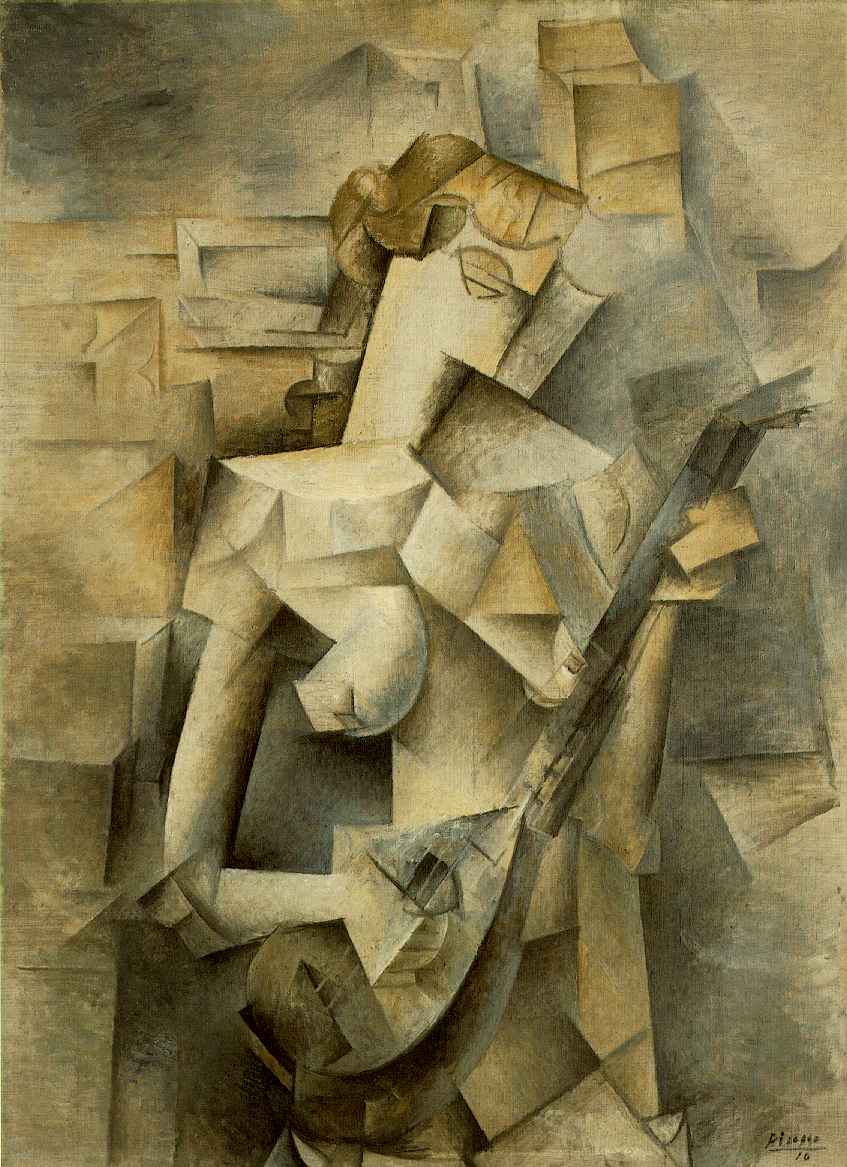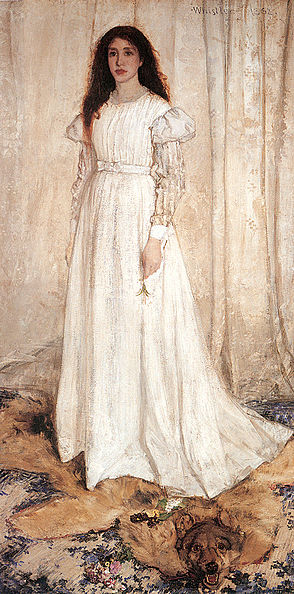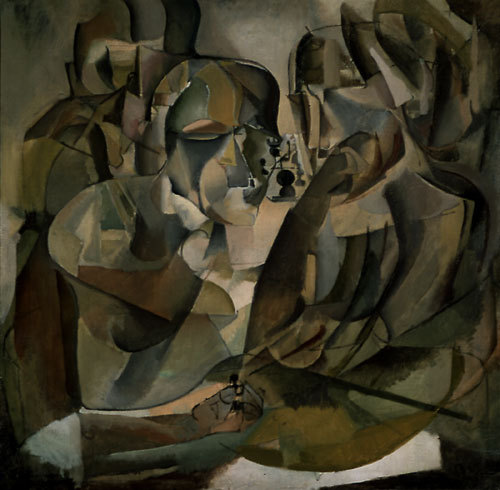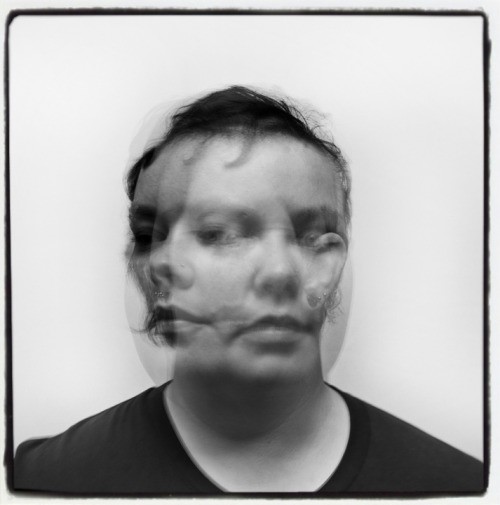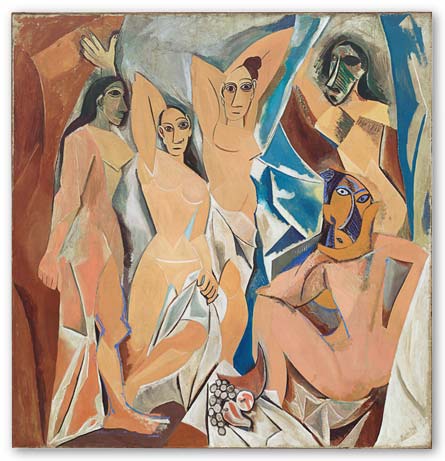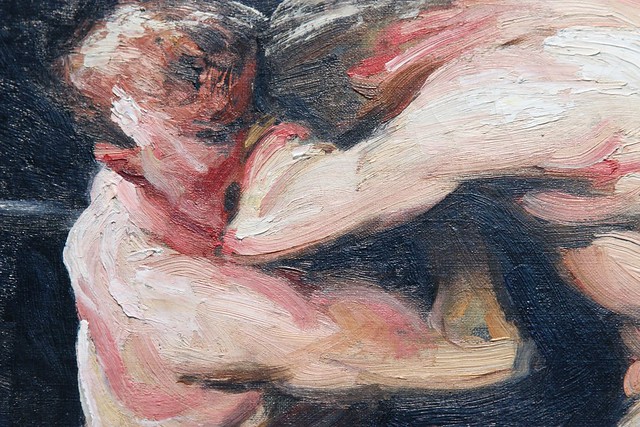George Wesley Bellows, better known as George Bellows was an American
painter belonging to the Ashcan School where he was a student of Robert Henri.
The Ashcan School tend to be perceived as if they paint anything, but from
lecture and a little research one quickly learns that it is more
socio-realistic representations rather than everything. The Ashcan School
consisted of "The Eight" and they are:
1. Robert Henri
2. Arthur B. Davies
3. Maurice Prendergast
4. John Sloan
5. William Glackens
6. Everett Shinn
7. Ernest Lawson
8. George Luks
They all had the thing in common that they show the modern world as it
really is.
For one moment, I am going to try
to look away from the artistic and focus on the esthetics of the actual
painting. He snapshotted this painting on the highest moment of ecstasy.
Personal description of what I
think is going on:
3rd round in this intense fight
and our undefeated champion of underground boxing has put his opponent in the blood
bathing stage. Furiously, the opponent is not giving up, because he cannot disappoint
his betters, fans, and not to mention his own pocket. Too much contact is applied
from the losing opponent while the referee is trying to disengage the fighters.
In the front, you can see the happy better that is looking at the "the
painter" or "us" as being the loosing better. Just milliseconds
away from the painful right handed knockout punch to the jar, and the fight is
over.
I feel like Mr. Bellows were
trying to glorify the boxers more than the audience. The whole spectrum of
audience is men, and they are there for the staggering excitement of fighting.
They look very staggering, but with the only purpose of their leisure and
possibly the high bets that used to be illegal at the time.
As a kick boxer myself, I know
that in real boxing you do not get to a point of that much contact with heavy
applied pressure from the boxing ring. Sort of like this, and that is as far as
you can go.
But the interpretation of Mr. Bellows painting can lead to two different
aspects.
The first aspect is the great boxing culture that has been highly promoted
by the greatest fighter in the ring of all times.
Exactly, Muhammed Ali 'Clay'
The second and last aspect I like
to portray is the title of the painting that did not make sense to me due to my
language barriers. I figures very fast that Sharkey's was a location where the
illegal fight were held, but stag was not a word I was familiar with. So I
decided to make a search, and this was the very first picture I saw...
As soon as I found out what a
stag is, over 100 interpretations of the painting came to my mind, but I will
mention the most obvious one which is basically the stags fighting, just like
the boxers.
Deep passion and determination for a sole purpose, mating, and mating only.
For the fighters, it is as well passion, but also social desirability.
Here is another version of Stag at Sharkey's. Just imagine all the scenarios
of a boxing match, and how hard it would be to project such precise
implications of real life.
Here is a line of different images, paintings, illustrations based of Bellows groundbreaking innovation.
Very fine articulation..
Publicly known..
I highly suggest that you visit this specific website to see some amazing representations from Mr. Bellows himself of boxing related environments.
*.
http://www.starr-art.com/exhibits/Bellows/
For more information about this painting, please refer to:
1.
http://www.pbs.org/wgbh/sisterwendy/works/sta.html
2.
http://www.imamuseum.org/art/collections/artwork/stag-sharkeys-bellows-george-wesley


